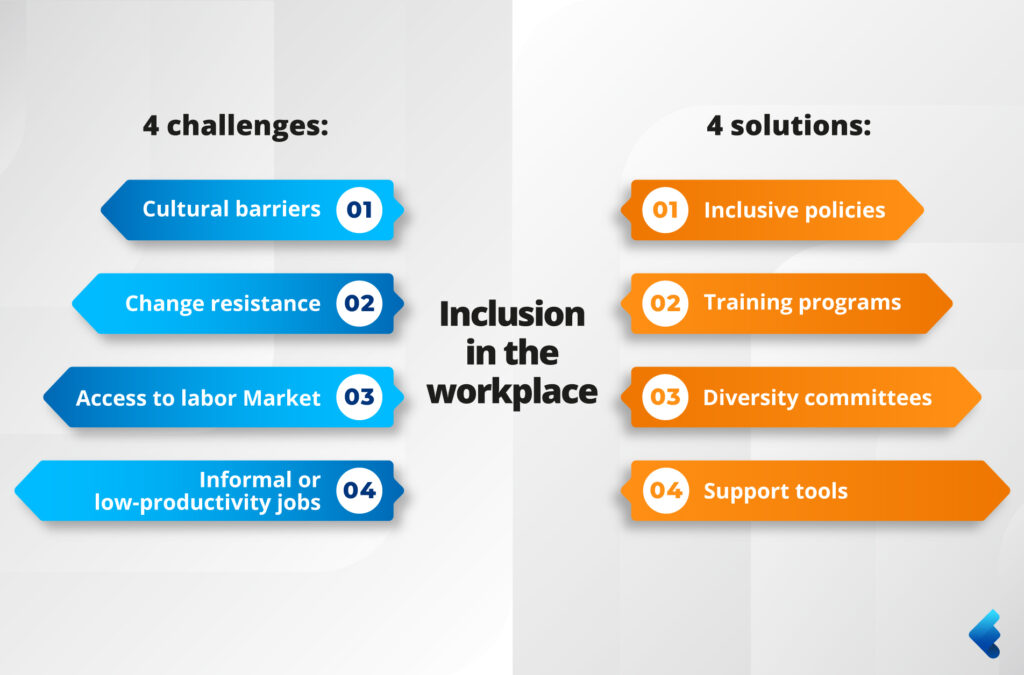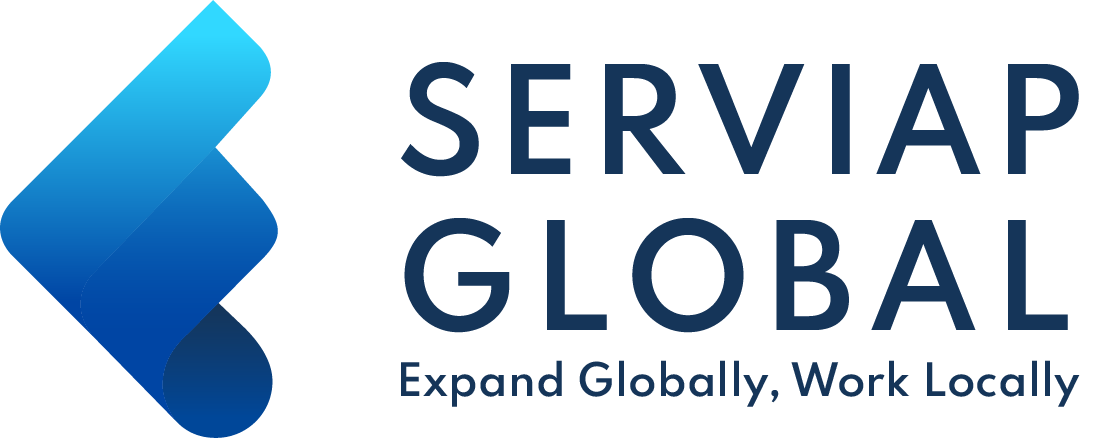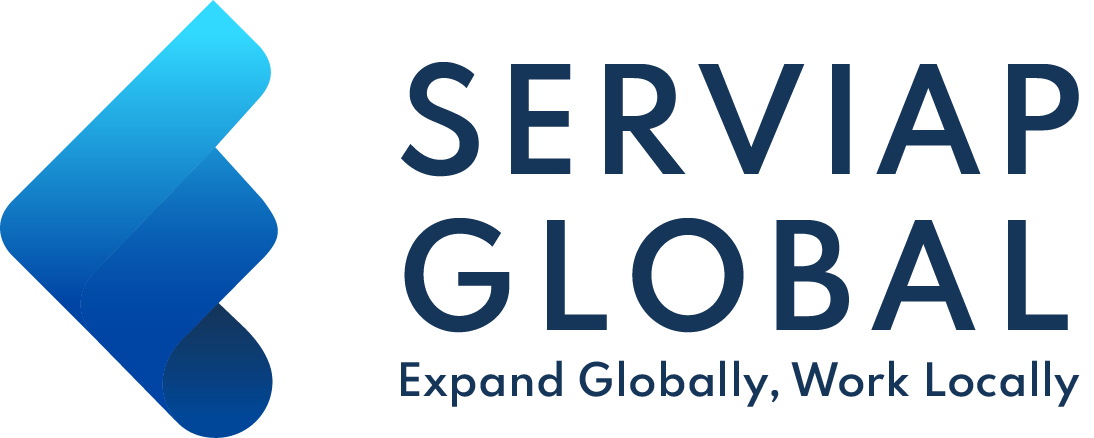Table of Contents
Labor inclusion seeks to facilitate the entry of people into the work environment, ensuring their proper integration and emotional well-being. Inclusion in the workplace allows equal access to people with varied profiles and skills, without discrimination based on their physical, ethnic or gender differences.
In the case of companies with a global workforce, ensuring inclusion in the workplace is vital as it helps to attract and retain diverse talent. Inclusion also enhances reputation, promotes process innovation, and scores points in corporate social responsibility; it provides an important competitive advantage.
However, inclusion in global teams presents multiple challenges, many of them stemming from traditional organizational structures. In this context, addressing these challenges and seeking solutions is critical.
The importance of diversity: key figures
Plenty of research shows how crucial inclusion in the workplace is for workers. Here’s what people are saying:

- Half of in-office workers say it’s important to work somewhere that is accessible for people with physical disabilities. (Pew Research Center)
- Workers tend to see a positive impact from policies and resources associated with diversity, equity, and inclusion. (Pew Research Center)
- 56% of workers say focusing on inclusion in the workplace is a good thing. (Pew Research Center)
- More than 3 in 4 employees and job seekers say a diverse workforce is essential when evaluating job offers. (Gartner)
- 32% of employees and job seekers would not apply to a job where there is a lack of diversity in the workforce. (Gartner)
- 40% of Gen Z workers left jobs because their employer was not welcoming to LGBTQ+ employees (EY)
- An increase in diverse representation on leadership teams is correlated to holistic impact metrics, such as business ethics, talent retention, and operational efficiency. (McKinsey & Company)
4 challenges to inclusion in the workplace
Let’s look at the most frequent challenges to workplace inclusion, their consequences, and some proposals for overcoming them.
1) Racial barriers
Different types of discrimination based on race or culture can occur in organizations, which negatively affect the inclusion and retention of employees. They may prevent certain groups from participating in decision making as well. A research published by Harvard Business School comments that Black employees in the US get fewer workplace perks, earning less and dealing with poorer environments.
2) Resistance to change
When a company has rigid practices and fixed hierarchies of the “this is the way we have always worked and this is the way we will continue” style, it is difficult for some groups to access or grow in the workplace. In general, the leaders of a very traditional organization are often disconnected from the diversity of their workers.
3) Gender inequality in the labor market
Gender discrimination remains a reality for women. The gender pay gap has remained stable in the past 20 years in the US and it still affects people in many major countries. The social burden of reconciling work and home responsibilities are additional barriers to their inclusion in the labor market.
4) Young people in low-productivity, informal jobs
Many young people lack job and social security because they work in informal or low-productivity jobs. In addition, this generates for them a lack of stability, low wages and few opportunities for professional development, which ends up affecting their quality of life.
Solutions: How to overcome the challenges of labor inclusion?
Overcoming the challenges of true inclusion in the workplace requires a holistic approach.
1) Implementation of inclusive policies
Inclusive policies ensure equitable hiring and promotion processes, as they promote equal opportunities for applicants. In addition, it is necessary to create policies to balance work and personal life. This goes beyond the job itself and includes taking action regarding learning gaps, as well as access to health and childcare, for instance.
2) Mentoring and training programs
A useful tool to boost professional development are mentoring and training programs. These are spaces where workers of different levels and characteristics continuously learn from each other. These programs help to generate inclusive communication and combat prejudice.
3) Diversity and inclusion committees
Having a committee specifically dedicated to inclusion and diversity is essential to follow up on established policies and to propose new initiatives derived from mentoring programs. The committee should be made up of representatives that reflect the diversity of the company’s workforce. This process can also be outsourced to Diversity, Equity and Inclusion (DEI) professionals.
4) Use of technologies for inclusion
To take advantage of new technologies, companies should implement platforms or software to analyze the diversity of their workers and to follow up on inclusion policies and initiatives, as well as closely track average wages and benefits. It is also essential to use support tools for employees with disabilities or who speak a different language.

The role of EOR/PEO companies in overcoming adversities
International Employer of Record and PEO companies can promote inclusion in the workplace because they manage human resources with an integration and diversity perspective. For example, they ensure that companies comply with equality standards or provide platforms to decrease hiring biases. With a streamlined management, it’s easier to escape unconscious bias and guarantee true equity.
Overcoming labor inclusion challenges, such as cultural barriers, resistance to change, and lack of access for women and youth, requires the implementation of accessible policies and technologies, and the support of global hiring services to achieve a more equitable and diverse work environment.
How useful was this post?
Click on a star to rate it!
Average rating 5 / 5. Vote count: 8
No votes so far! Be the first to rate this post.
We are sorry that this post was not useful for you!
Let us improve this post!
Tell us how we can improve this post?




